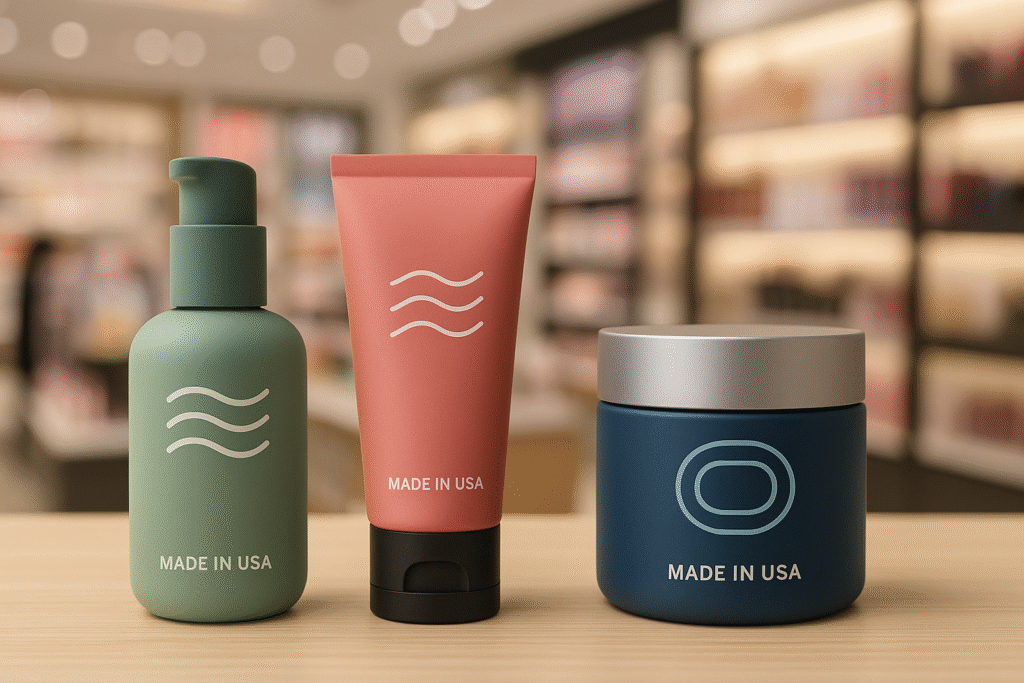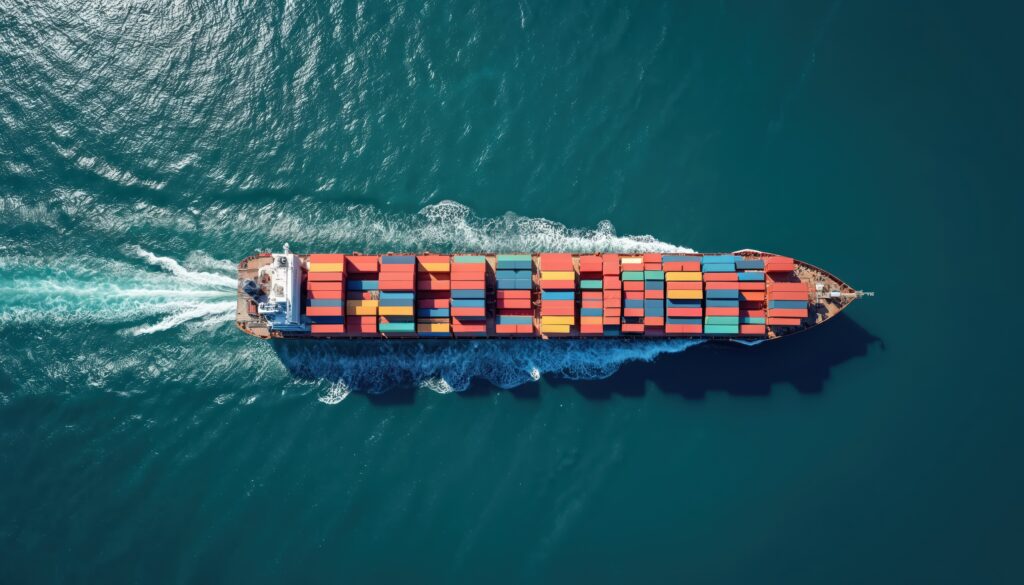Nearshore News: Canada Tariff Threat, Brazil Tensions, and a Surge in “Made in USA” Scrutiny

President Trump threatens steep new tariffs: from a 35% hike on select Canadian goods to a politically charged 50% tariff on Brazil. Meanwhile, the FTC intensifies enforcement on “Made in USA” labeling, sending a clear message to consumer brands: patriotic marketing requires regulatory precision.
Nearshore News Summary:
- President Trump threatened to impose a 35% tariff on Canadian goods that aren’t shipped under the USMCA. The rate is an increase from the current 25%, and could be effective August 1. (Bloomberg)
- President Trump threatens 50% tariffs on Brazil if it doesn’t stop the Bolsonaro trial. (CNN)
- President Trump sent a new wave of letters announcing high tariffs on imports from seven more countries (Philippines, Brunei, Moldova, Algeria, Iraq, Libya, and Sri Lanka), bringing the total to 21. Proposed tariff rates range from 20% to 40%. (CNBC)
- The FTC closely monitors “Made in USA” claims during July and patriotic holidays. Cosmetics and personal care brands are being warned to ensure compliance, as many brands incorrectly assume U.S. factory use equals “Made in USA” status. (Cosmetics Design)
Trump Escalates Canada Trade Fight With 35% Tariff Threat
Published: July 11, 2025
Source: Bloomberg
President Trump has threatened to impose a 35% tariff on some Canadian goods starting August 1, escalating tensions with one of the U.S.’s closest trading partners. While many Canadian exports are shielded by the USMCA trade agreement, Trump is citing trade imbalances, fentanyl, and retaliatory policies as justification.
Key points:
- Canada Tariff Threat: Trump announced a potential 35% tariff on some Canadian goods, increasing from the current 25% on non-USMCA imports, effective August 1.
- Citing Trade Barriers & Fentanyl: In a letter to Prime Minister Mark Carney, Trump blamed Canada for trade imbalances and lack of action on fentanyl—though data suggests little of the drug crosses the northern border.
- Limited Impact Due to USMCA: Most Canadian exports qualify under USMCA and would be exempt, but the threat still creates economic uncertainty and political tension.
- Market & Political Fallout: The announcement caused market jitters, drew pushback from Canadian leaders, and raised concerns that negotiations are being bypassed in favor of unilateral action.
Trump threatens 50% tariffs on Brazil if it doesn’t stop the Bolsonaro ‘witch hunt’ trial
Published: July 11, 2025
Source: CNN
President Trump threatened to impose a 50% tariff on Brazilian goods starting August 1, citing opposition to Brazil’s prosecution of former president Jair Bolsonaro. This is the first time a U.S. tariff threat is explicitly tied to another country’s internal political decisions. Brazil has vowed to retaliate under its economic reciprocity laws if the tariff goes forward.
Key points:
- Tariff as Political Pressure: Trump’s 50% tariff threat on Brazil is directly tied to the ongoing trial of former president Jair Bolsonaro, who faces charges of attempting a coup. Trump called it a “witch hunt” and demanded it be dropped.
- Brazil Responds: President Lula rejected Trump’s interference, declaring Brazil a sovereign nation and warning that any tariff would be met with reciprocal measures under Brazilian law.
- Unusual Trade Surplus: The U.S. ran a $6.8B trade surplus with Brazil last year—meaning the U.S. exports more than it imports—so Brazil’s retaliation could significantly impact American industries like aerospace and machinery.
- Part of a Bigger Tariff Campaign: Trump sent similar tariff warning letters to other countries. Brazil’s letter was the only one tied to political, not economic, motivations.
Trump sends more letters dictating high tariff rates around the world
Published: July 9, 2025
Source: CNBC
President Trump sent a new wave of letters announcing high tariffs on imports from at least seven more countries, bringing the total to 21 targeted nations this week. The letters, shared on Truth Social, outline steep new tariff rates set to begin August 1. Trump frames the tariffs as a way to reduce trade deficits, though many of the affected countries are minor U.S. trading partners.
Key points:
- Widening Tariff Campaign: Trump sent new tariff letters to leaders of the Philippines, Brunei, Moldova, Algeria, Iraq, Libya, and Sri Lanka, following similar notices sent to 14 other nations earlier in the week.
- Steep Rates Coming August 1: Tariff rates will range from 20% to 40% and could increase or decrease depending on how each country responds diplomatically, Trump wrote.
- Trade Deficit Justification: Trump argues the tariffs are necessary to correct trade deficits, although many economists dispute this view—and some targeted deficits are minimal (e.g., $85M with Moldova).
- Symbolic and Strategic Moves: While some targeted countries have limited trade with the U.S., the sweeping nature of the policy signals Trump’s intent to redefine global trade terms on a wide front.
July sees heightened FTC scrutiny on ‘Made in USA’ labels
Published: July 9, 2025
Source: Cosmetics Design
In July—designated Made in the USA Month by the FTC—the FTC is intensifying scrutiny on “Made in USA” claims, especially around patriotic holidays. Cosmetics and personal care brands are being warned to ensure compliance with the FTC’s strict standards, as misrepresentations can lead to legal action and enforcement. Former FTC official Julia Solomon Ensor advises brands to use qualified claims and update advertising to reflect supply chain changes.
Key points:
- Increased Summer Enforcement: The FTC closely monitors “Made in USA” claims during July and patriotic holidays, when brands often amplify marketing tied to U.S. manufacturing.
- Strict Origin Standard: To qualify as “Made in USA”, products must be “all or virtually all” made in the U.S.—including raw materials—with only minimal foreign content allowed.
- Common Missteps: Many brands incorrectly assume U.S. factory use equals “Made in USA” status, or forget to update advertising after sourcing shifts.
- Labeling Risks Are Higher: Because of the FTC’s MUSA Labeling Rule, false claims on product packaging carry more legal risk than misleading online or promotional content.
- Use of Qualified Claims: Safer alternatives include phrases like “Made in USA of Imported Parts” or “Assembled in USA,” which clarify manufacturing details without misleading consumers.
More blogs


